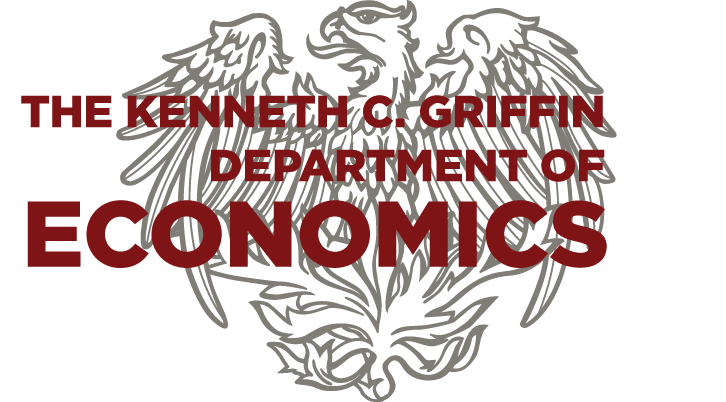Industry Concentration
Working Papers
Abstract: We study the spatial expansion of banks in response to banking deregulation in the 1980s and 90s. During this period, large banks expanded rapidly, mostly by adding new branches in new locations, while many small banks exited. We document that large banks sorted into the densest markets, but that sorting weakened over time as large banks expanded to more marginal markets in search of locations with a relative abundance of retail deposits. This allowed large banks to reduce their dependence on expensive wholesale funding and grow further. To rationalize these patterns we propose a theory of multi-branch banks that sort into heterogeneous locations. Our theory yields two forms of sorting. First, span-of-control sorting incentivizes top firms to select the largest markets and smaller banks the more marginal ones. Second, mismatch sorting incentivizes banks to locate in more marginal locations, where deposits are abundant relative to loan demand, to better align their deposits and loans and minimize wholesale funding. Together, these two forms of sorting account well for the sorting patterns we document in the data.
Journal Publications
Abstract: We study the number, size, and location of a firm’s plants. The firm’s decision balances the benefit of delivering goods and services to customers using multiple plants with the cost of setting up and managing these plants, and the potential for cannibalization that arises as their number increases. Modeling the decisions of heterogeneous firms in an economy with a vast number of widely distinct locations is complex because it involves a large combinatorial problem. Using insights from discrete geometry, we study a tractable limit case of this problem in which these forces operate at a local level. Our analysis delivers predictions on sorting across space for industries with many plants per firm. Compared with less productive firms, productive firms place more plants in dense high-rent locations and place fewer plants in markets with low density and low rents. Controlling for the number of plants, productive firms also operate larger plants than those operated by less productive firms. We present evidence consistent with these and several other predictions using U.S. establishment-level data.
Abstract: US firms in service industries increasingly operate in more local markets. Employment, sales, and spending on fixed costs have increased rapidly in these industries. These changes have favored top firms, leading to increasing national concentration. Top firms in service industries have grown by expanding into new local markets, predominantly small and mid-sized US cities. Market concentration at the local level has decreased in all US cities, particularly in cities that were initially small. These facts are consistent with the availability of new fixed-cost-intensive technologies that yield lower marginal costs in service sectors. The entry of top service firms into new local markets has led to substantial unmeasured productivity growth, particularly in small markets.
Abstract: Using U.S. NETS data, we present evidence that the positive trend observed in national productmarket concentration between 1990 and 2014 becomes a negative trend when we focus on measures of local concentration. We document diverging trends for several geographic definitions of local markets. SIC 8 industries with diverging trends are pervasive across sectors. In these industries, top firms have contributed to the amplification of both trends. When a top firm opens a plant, local concentration declines and remains lower for at least 7 years. Our findings, therefore, reconcile the increasing national role of large firms with falling local concentration, and a likely more competitive local environment.
Specialization and Concentration: A Note on Theory and Evidence
Empirica, 2006, 33(4): 255-266
Abstract: We study the prediction of the theory in Rossi-Hansberg [Rossi-Hansberg E (2005) Am Econ Rev 95(5):1464–1491] that, under quite general circumstances, lower transport costs increase specialization of regions or countries and decrease (regional) concentration of industries. This prediction contradicts the contention of other models and many empirical papers that specialization and concentration should move in parallel. We use two data sets on manufacturing industries across US States and EU member countries to show specialization and concentration do not develop in parallel. The empirical data replicates some of the features of the divergence predicted in the model.

